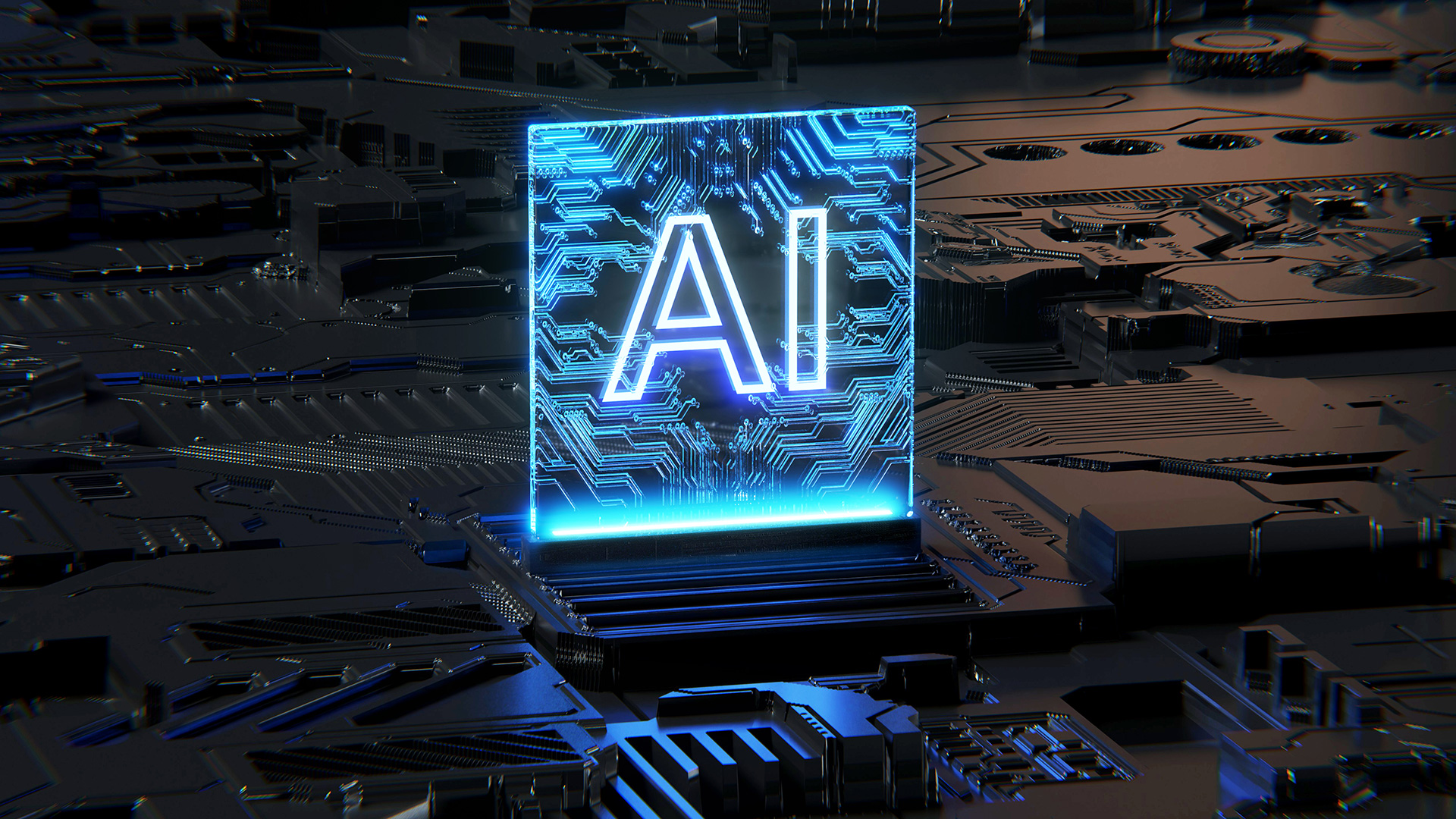1. Advancements in Machine Learning Algorithms
Impact: The continuous development of machine learning (ML) algorithms is a fundamental driver of AI evolution. Researchers are focusing on creating more efficient, scalable, and interpretable models.Key Developments:
- Deep Learning: Advancements in deep learning, particularly in neural network architectures, will enhance the capabilities of AI systems in areas such as computer vision, natural language processing, and speech recognition.
- Reinforcement Learning: Improved reinforcement learning algorithms will enable AI to learn more effectively from interactions with complex environments, leading to better performance in applications like robotics and autonomous systems.
- Federated Learning: Federated learning allows AI models to be trained across decentralized devices while preserving data privacy, opening new possibilities for AI in healthcare, finance, and mobile applications.
2. Quantum Computing
Impact: Quantum computing holds the potential to revolutionize AI by solving problems that are currently intractable for classical computers. Quantum algorithms can process vast amounts of data at unprecedented speeds, significantly accelerating AI research and applications.Key Developments:
- Quantum Machine Learning: The development of quantum machine learning algorithms will enable more efficient training of AI models, particularly for large-scale and complex data sets.
- Optimization Problems: Quantum computing will enhance the ability to solve complex optimization problems, which are crucial for AI applications in logistics, finance, and material science.
3. Edge AI
Impact: Edge AI refers to the deployment of AI algorithms on edge devices, such as smartphones, IoT devices, and autonomous vehicles. This approach reduces latency, enhances privacy, and allows for real-time data processing.Key Developments:
- Hardware Advances: Improvements in edge AI hardware, such as specialized AI chips and processors, will enable more powerful and energy-efficient AI capabilities on edge devices.
- 5G Connectivity: The rollout of 5G networks will facilitate faster and more reliable data transfer between edge devices and central servers, enhancing the performance of edge AI applications.
4. Explainable AI (XAI)
Impact: As AI systems become more complex, the need for transparency and interpretability grows. Explainable AI (XAI) aims to make AI decisions understandable to humans, fostering trust and facilitating adoption in critical sectors.Key Developments:
- Interpretability Techniques: Development of new techniques to interpret and visualize AI models will help users understand how decisions are made, particularly in high-stakes fields like healthcare and finance.
- Regulatory Compliance: XAI will be essential for meeting regulatory requirements and ethical standards, ensuring that AI systems are accountable and fair.
5. AI Ethics and Governance
Impact: The ethical use of AI is paramount to its sustainable development. Establishing robust governance frameworks will ensure that AI technologies are developed and deployed responsibly.Key Developments:
- Ethical Guidelines: Formulating and enforcing ethical guidelines will help mitigate biases, protect privacy, and prevent misuse of AI.
- Inclusive AI: Efforts to make AI more inclusive will focus on reducing biases in data and algorithms, ensuring that AI benefits diverse populations.
6. Integration with IoT
Impact: The convergence of AI and the Internet of Things (IoT) will drive the next wave of innovation, enabling smarter, more autonomous systems across various domains.Key Developments:
- Smart Cities: AI-powered IoT solutions will enhance urban infrastructure, improving traffic management, energy distribution, and public safety.
- Industrial Automation: Integration of AI with industrial IoT will optimize manufacturing processes, predictive maintenance, and supply chain management, leading to greater efficiency and productivity.
7. Human-AI Collaboration
Impact: The future of AI will be characterized by enhanced collaboration between humans and AI systems, leveraging the strengths of both to achieve better outcomes.Key Developments:
- Augmented Intelligence: AI tools that augment human capabilities, such as decision support systems and virtual assistants, will empower professionals across various fields.
- Collaborative Robots (Cobots): Cobots will work alongside humans in industrial settings, enhancing productivity and safety by performing repetitive or hazardous tasks.
8. Autonomous Systems
Impact: Advances in autonomous systems will drive significant innovation in sectors such as transportation, logistics, and defense.Key Developments:
- Autonomous Vehicles: Continued development of AI algorithms for perception, navigation, and decision-making will bring us closer to fully autonomous vehicles, transforming transportation and logistics.
- Drones and Robotics: Autonomous drones and robots will find applications in areas like agriculture, disaster response, and surveillance, performing tasks that are dangerous or difficult for humans.
9. Natural Language Processing (NLP)
Impact: NLP advancements will enhance the ability of AI systems to understand and generate human language, improving communication between humans and machines.Key Developments:
- Conversational AI: Improved chatbots and virtual assistants will provide more natural and effective interactions, enhancing customer service and user experiences.
- Language Translation: Advances in AI-driven translation will break down language barriers, facilitating global communication and collaboration.
10. AI-Driven Personalization
Impact: AI’s ability to analyze vast amounts of data and identify patterns will drive hyper-personalization in various domains, from marketing to healthcare.Key Developments:
- Personalized Medicine: AI will enable personalized treatment plans based on an individual’s genetic makeup, lifestyle, and medical history, improving healthcare outcomes.
- Customized Experiences: In marketing and entertainment, AI will deliver highly personalized content and recommendations, enhancing user engagement and satisfaction.
Conclusion
The next evolution of AI will be driven by a combination of technological advancements, ethical considerations, and the integration of AI with other emerging technologies. As AI continues to evolve, it will unlock new possibilities and transform industries, making our lives more efficient, productive, and connected. By staying at the forefront of these developments, businesses and individuals can harness the power of AI to drive innovation and achieve their goals in a rapidly changing world. The future of AI is bright, and its potential to revolutionize our world is boundless.
——Source: iot.eetimes.com










